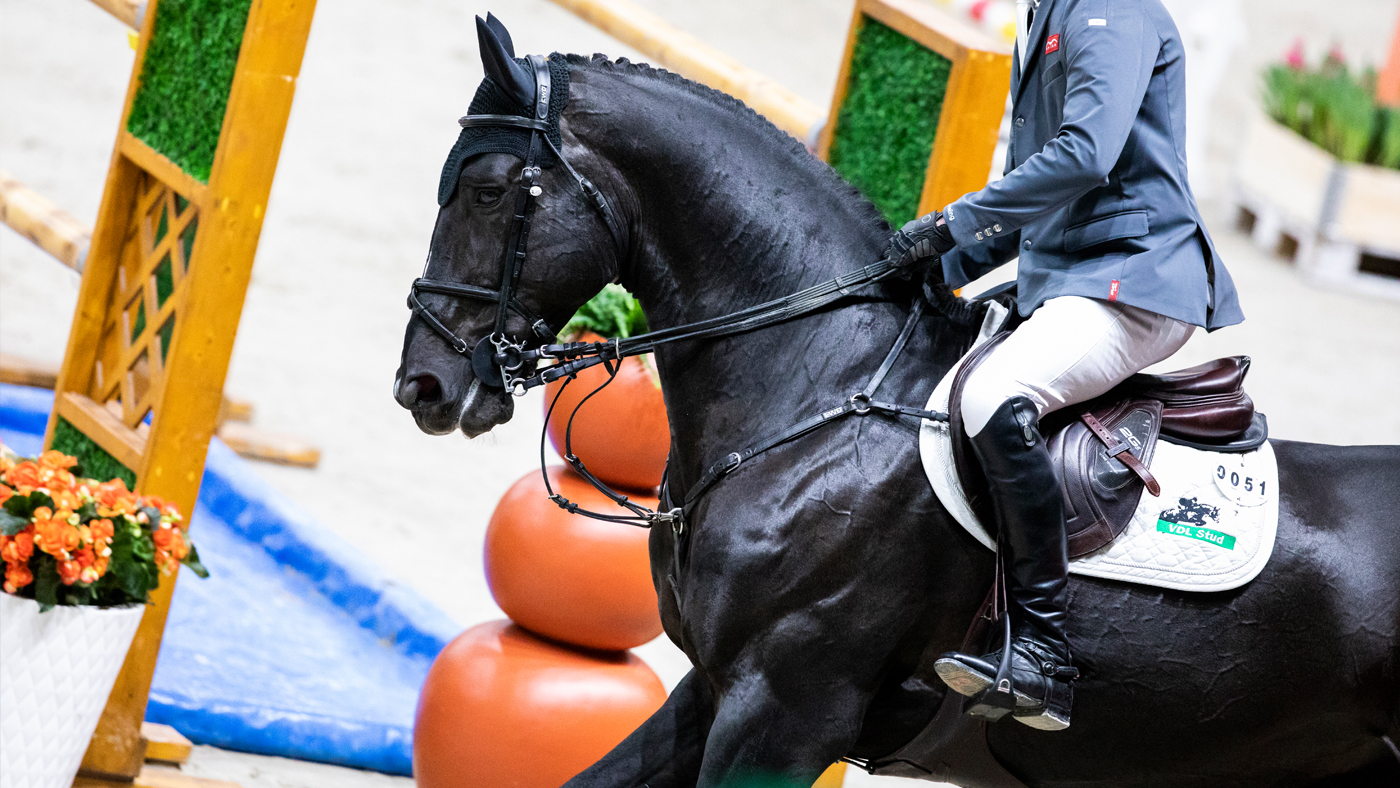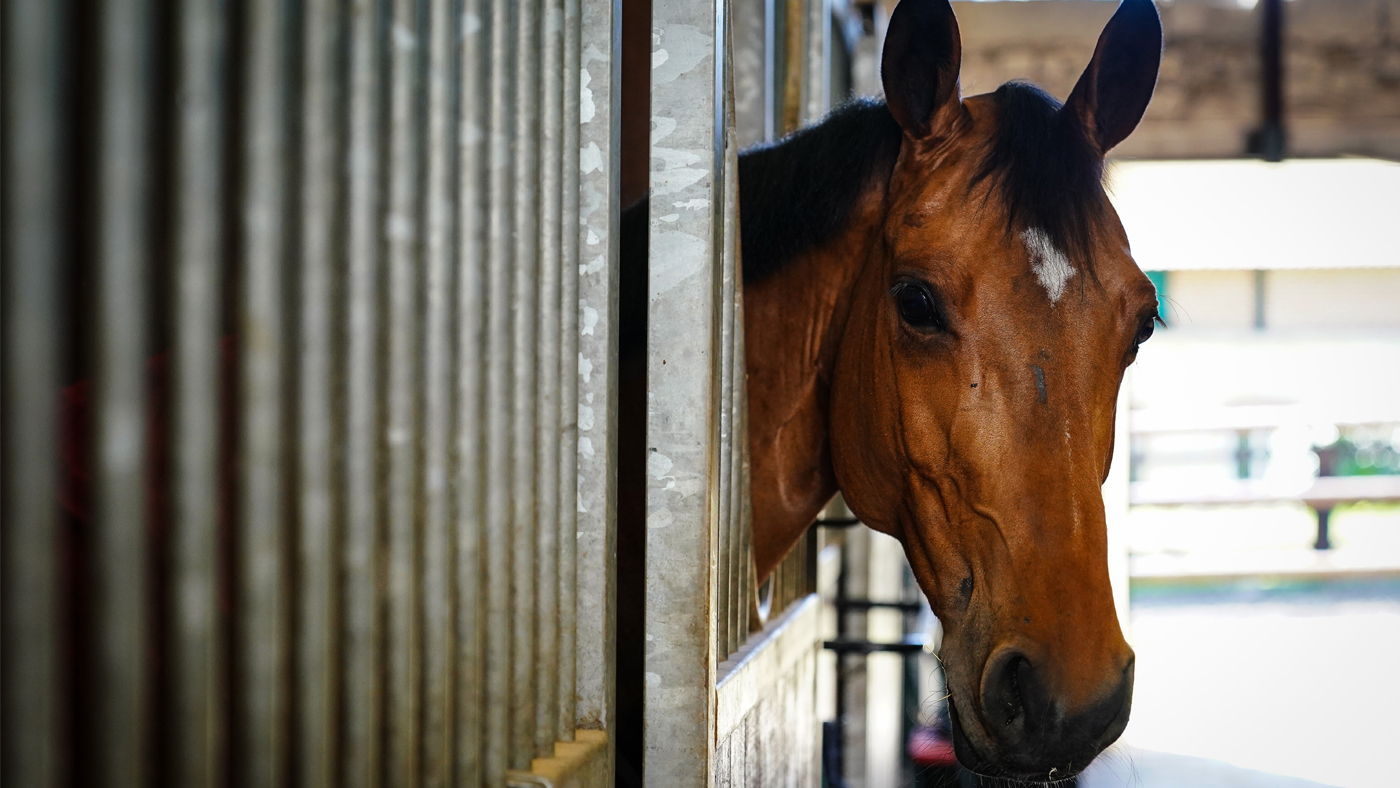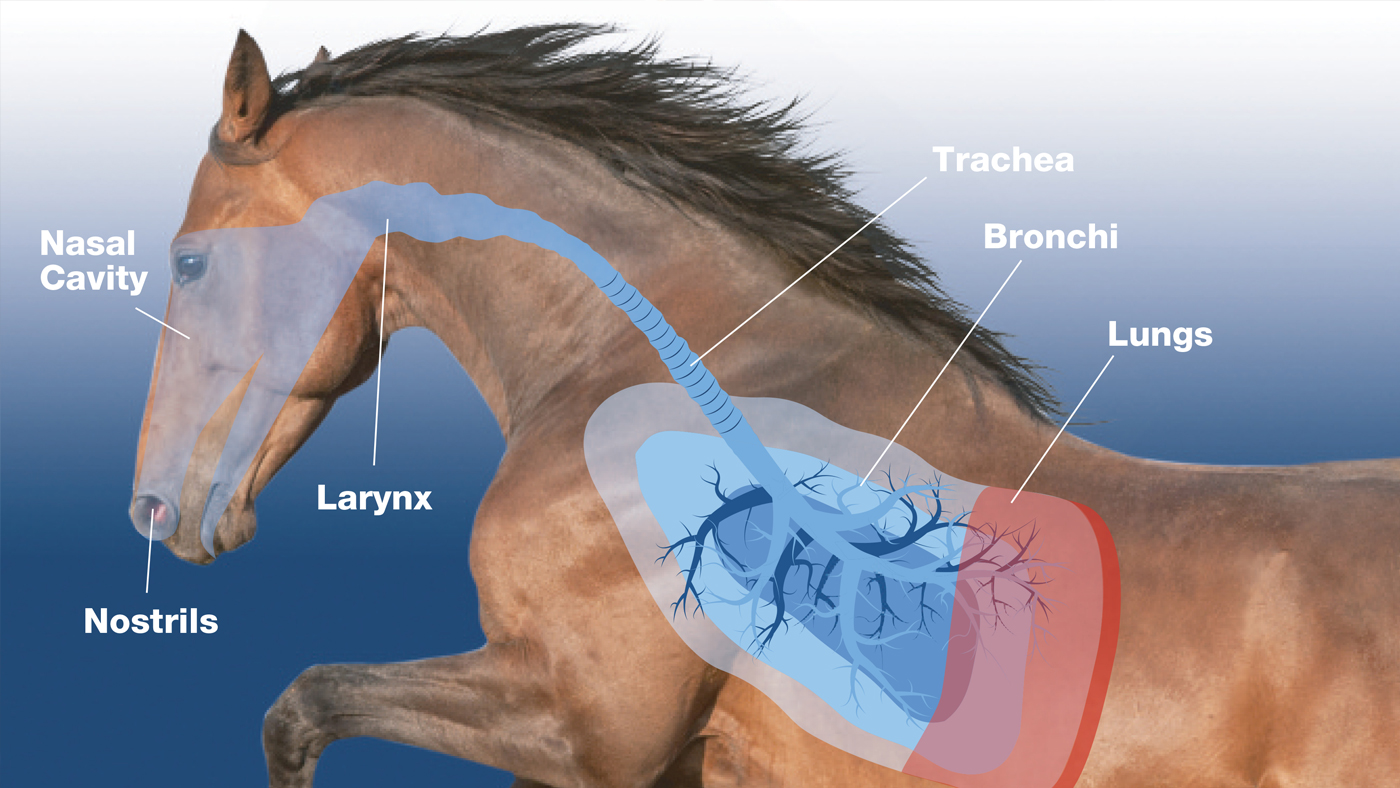Promotional Feature with NAF
Are hidden challenges holding your horse back?
Kate Hore RNutr(Animal)
Whatever we do with our horses we want to ensure they can perform to the best of their ability, and that is doubly important if you compete. So whether that means clinics with a new trainer, changing their diet, or splashing out on the latest ‘must have’ we do whatever we can to improve performance, work up the grades and, of course, bring home those rosettes. However are we missing the most obvious thing, right in front of our, or should that be, their noses.
Horses are superbly adapted to be natural athletes, but they have an Achilles heel, and that is their respiratory system. Horses have formidable muscle mass with respect to size, meaning just how efficiently they uptake oxygen and clear carbon dioxide can really set the performance boundaries. At canter and gallop horses breathe perfectly in time with their strides, a phenomenon known as respiratory-locomoter coupling. However that ‘one stride, one breath’ action means if lung health is compromised they can’t physically increase breaths to get more oxygen in. This explains why researchers consider respiratory health to be second only to lameness when it comes to limiting performance1. Indeed, for elite equines, researchers consider the respiratory system the number one limiting factor2.
That said, should we be concerned, it’s surely pretty easy to tell if horses are suffering from respiratory stress; they’ll be coughing, have nasal discharge, laboured breathing – yes? No! Or at least, probably not. Horses have a very low cough response compared to humans, meaning observing horses for coughing is a really poor indicator of respiratory disease. It’s true those horses who do cough will almost certainly have respiratory challenge, but so might those who don’t. Research shows that over 80% of horses referred for clinical examination due to poor performance had sub-clinical respiratory disease, with even higher rates in racehorses, and these horses showed no outward signs of respiratory stress3,4

Research shows that over 80% of horses referred for poor performance had sub-clinical respiratory disease, with even higher rates in racehorses
With winter approaching the risks for respiratory stress increases. Stabling, shared air space, preserved forage, bedding, sand schools and regular travel can all impact on lung health. Good management is advised to ensure a low dust regime is followed; and regular turnout is a must – not only for general wellbeing, but crucially for respiratory health.
Even with good management, some horses will need additional support. While pharmaceutical approaches aren’t suitable long term, and are banned for competition, targeted nutrition makes an ideal choice for daily defence. Many natural elements are well known and well proven, both within equine research and cross-species, to support the lungs5,6. Elements such as natural antioxidants like rosehip and blueberry, herbs such as echinacea and licorice, and bio-available sulphur from MSM. NAF Respirator Boost combines powerful natural elements for lung health in a unique synergistic blend suitable for daily use. Respirator Boost’s liquid solution is also fast acting enough to target peak performance in equine athletes.
So next time you want to really invest in your horse’s performance potential think respiratory health, and trust NAF Respirator Boost.
Selected References for information.
- Davies E (2018) Disorders of the Respiratory System. Equine Internal Medicine (4th Ed) p.313-3186
- Hodgson DR, McGowan CM, McKeever K (2013) Principles and Practice of Equine Sports Medicine. The Athletic Horse. Pub: Elsevier Health Sciences
- Morris EA, Seeharman HJ (1991) Clinical evaluation of poor performance in the racehorse. The results of 275 evaluations. Equine Veterinary Journal. 23 : 169-174
- Fe ter Woort DVM, DVSc; et al (2018) Histologic investigation of airway inflammation in postmortem lung samples from racehorses. American Journal of Veterinary Research : March 2018, Vol. 79, No. 3, Pages 342-347
- Kirschvink N, Fievez L et al (2002) Effect of nutritional antioxidant supplementation on systemic and pulmonary antioxidant status, airway inflammation and lung function in heaves-affected horses. Equine Veterinary Journal. 34(7) 705-12
- Knight J & Larkins NJ (2003) Antioxidant status of horses BEVA Congress 2003, p.293-294







